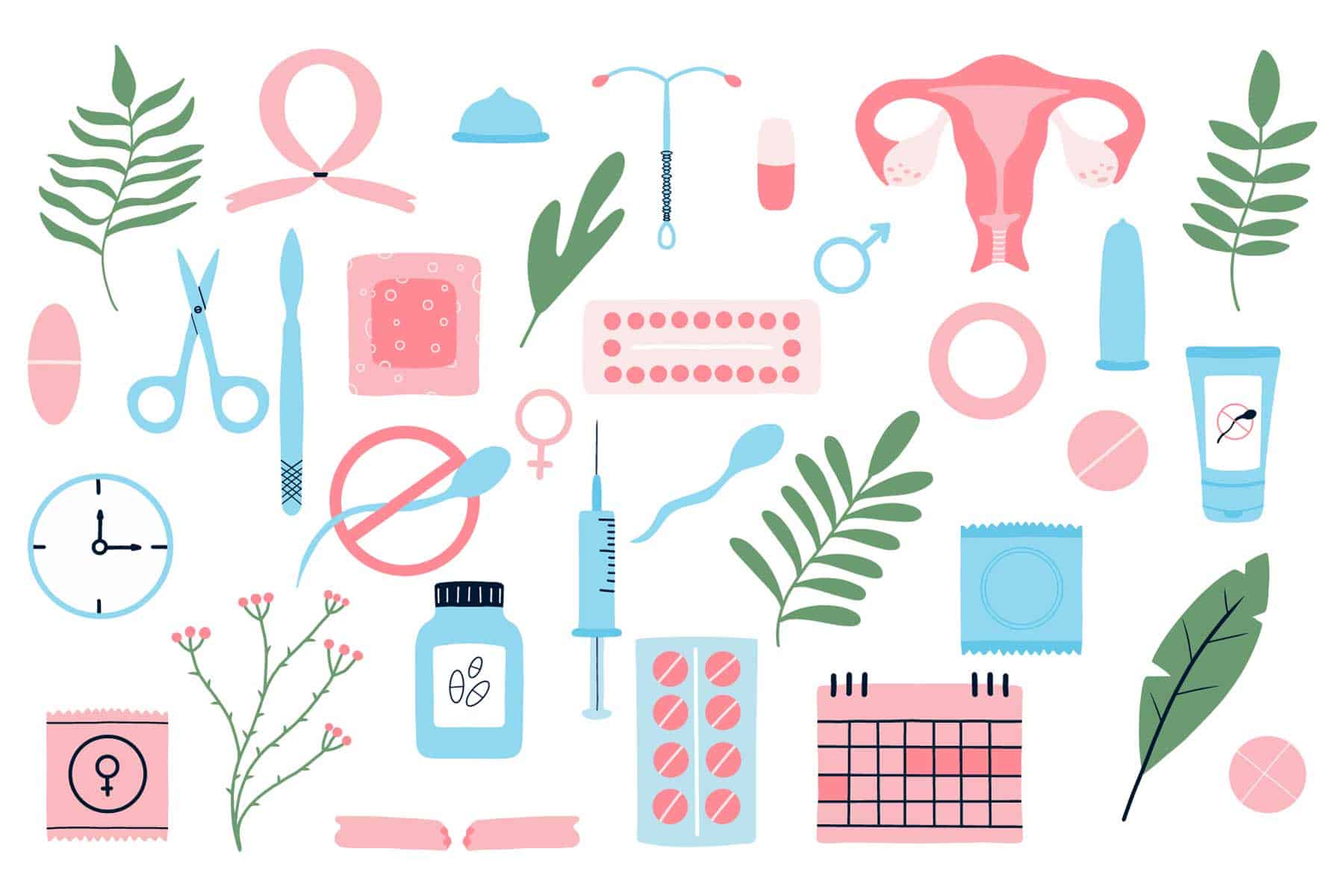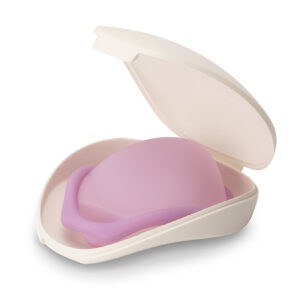
When you’re choosing birth control, you probably think about effectiveness, convenience, and cost. But have you considered the environmental impact? With climate change on everyone’s mind, more women are asking: “Which eco-friendly birth control options align with my values while protecting the planet?”
The answer might surprise you. Your contraceptive choice can make a real difference—not just for your body, but for Mother Earth too.
The Hidden Environmental Cost of Hormonal Birth Control
Let’s start with the elephant in the room: birth control pills. While they’ve been revolutionary for women’s reproductive freedom, they come with an environmental price tag that’s worth understanding.
The Packaging Problem
Think about it: if you take daily birth control pills for 10 years, you’ll go through 120 plastic pill packs. That’s a lot of waste heading to landfills. Most pill packaging isn’t recyclable because it combines multiple materials—plastic, foil, and cardboard—that can’t be easily separated.
Hormones in Our Water Supply
Here’s something that might make you pause: synthetic hormones from birth control pills don’t just disappear after you take them. They pass through your body and into wastewater systems. While water treatment plants filter out many contaminants, they’re not designed to remove synthetic estrogen.
Studies have found traces of these and other hormones in rivers, lakes, and even drinking water. Scientists are still studying the full impact, but early research suggests it might affect fish reproduction and aquatic ecosystems.
Disposable Methods: Convenient but Costly to the Planet
Condoms and Diaphragm Gels
Don’t get us wrong—condoms are essential for STI protection and are a smart choice for many situations. But from an environmental standpoint, they add up quickly. Most condoms are made from latex or synthetic materials that take decades to decompose.
Similarly, single-use spermicide applicators and tubes create ongoing waste, though the amounts are generally smaller than other disposable methods.
The Patch and Ring
Birth control patches and vaginal rings might seem more eco-friendly because you don’t use them daily, but they still create regular waste. Plus, they contain the same synthetic hormones that can end up in water systems.
Long-Term Methods: Better, But Not Perfect
IUDs: The Good News
IUDs deserve credit for being relatively eco-friendly. One device can prevent pregnancy for 3-12 years, creating minimal waste over time. The copper IUD gets bonus points for being hormone-free, avoiding the water contamination issue entirely.
However, IUDs aren’t right for everyone, and they do require medical procedures for insertion and removal.
Implants
Like IUDs, contraceptive implants create minimal waste since they last for several years. But they also release synthetic hormones, contributing to the water contamination concern.
Enter the Sustainable Contraception Revolution: Barrier Methods
Here’s where things get exciting for environmentally conscious women. Reusable barrier methods like the Caya diaphragm represent a new generation of eco-friendly birth control.

Why Caya Stands Out Environmentally
Two-Year Lifespan: One Caya diaphragm lasts up to two years with proper care. Compare that to 730 birth control pills or dozens of condom wrappers over the same period.
Minimal Packaging: Caya comes in a simple, reusable storage case. No monthly pharmacy trips, no plastic pill packs, no foil wrappers.
Hormone-Free: Since Caya works as a physical barrier, there are no synthetic hormones to worry about in water systems.
Silicone Material: Caya is made from medical-grade silicone, which is more environmentally friendly than many plastic alternatives and can be recycled at end-of-life through specialized programs.
The Real Numbers: Waste Comparison Over 10 Years
Let’s break down what your birth control choice means for the planet over a decade:
| Birth Control Method | Waste Generated Over 10 Years |
|---|---|
| Birth Control Pills | 120 plastic pill packs + daily hormone release into water systems |
| Condoms (twice weekly) | 1,040 condoms and wrappers |
| Caya Diaphragm | 5 devices + 5 storage cases + occasional spermicide tubes |
The difference is pretty striking, right?
Making Eco-Friendly Choices Work for You
Choosing eco-friendly birth control doesn’t mean sacrificing effectiveness or convenience. Here’s how to make it work:
Start with Your Priorities
Ask yourself: What matters most to you? If environmental impact is high on your list, methods like Caya, copper IUDs, or natural family planning might align with your values.
Consider Your Lifestyle
Reusable methods like Caya are relatively easy to get (with a prescription in the US, which you can have delivered to your home through telehealth). Caya is a great birth control option for women who:
- Want to control when they use birth control
- Prefer hormone-free options
- Are comfortable with insertion methods
- Value long-term cost savings along with environmental benefits
Think Long-Term
While the upfront cost of reusable methods might be higher, they often save money and reduce environmental impact over time. Caya, for example, costs less per use than most other methods when you calculate the two-year lifespan.
Small Changes, Big Impact
You don’t have to completely overhaul your contraceptive routine overnight. Even small changes can make a difference:
- If you use condoms, look for brands with minimal packaging or eco-friendly materials
- Consider switching to a reusable method like Caya for your primary birth control
- If you prefer hormonal methods, talk to your provider about longer-acting options like IUDs
The Bottom Line
Your birth control choice is deeply personal, and environmental impact is just one factor to consider alongside effectiveness, convenience, side effects, and cost. But if you’re looking for an eco-friendly birth control option that puts you in control, Caya offers a modern solution that’s good for both you and the planet.

Ready to learn more about how Caya works and whether it might be right for you? Our FAQ page answers the most common questions, or you can explore how to get Caya through your provider or telehealth.
Because when it comes to protecting what matters most—your reproductive choices and the environment—you shouldn’t have to choose between them.
The information included in this blog post is accurate as of publication. For the most current details about Caya, or if you have specific questions about your contraception options, please visit our FAQ at Caya.US.com or consult with your healthcare provider.


